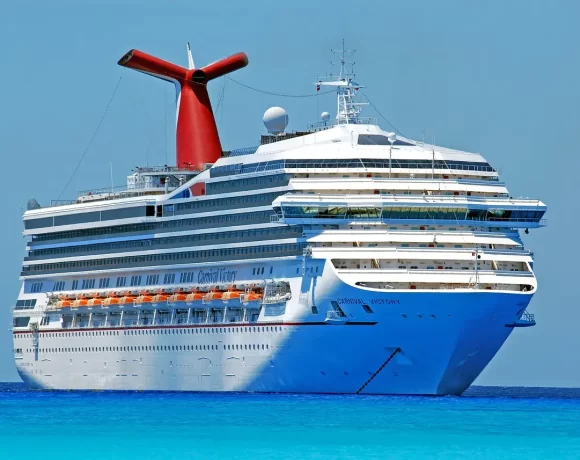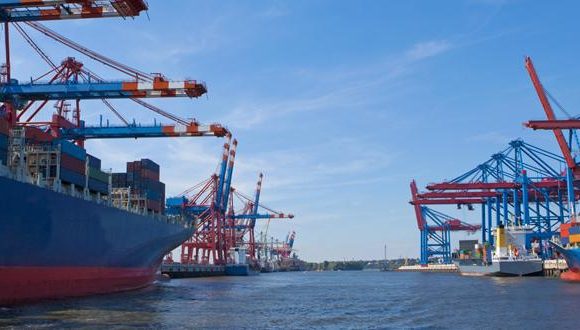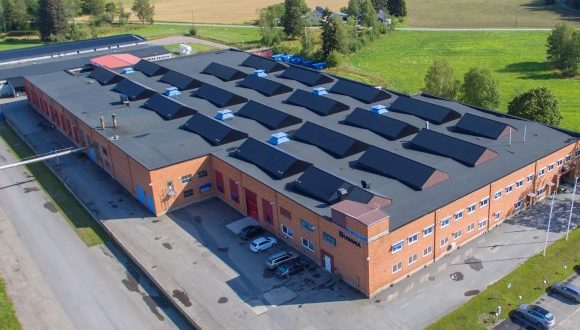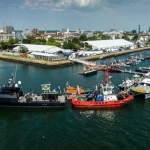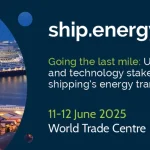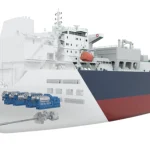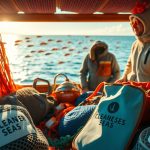2002-2012: Ten Years Supporting Safe And Sustainable Maritime Mobility
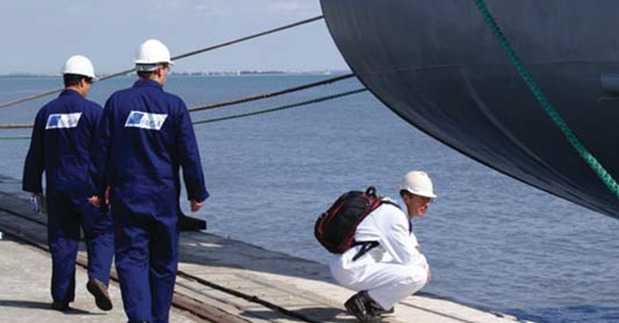
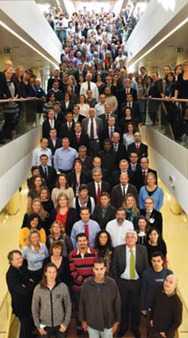 An Agency capable of providing the EU in its various forms (institutions, Member States, citizens) with technical and scientific assistance to improve maritime safety standards and ensure their uniform application – this was the idea of the EU Commission, Parliament and Council when they decided to set up the European Maritime Safety Agency in 2002.
An Agency capable of providing the EU in its various forms (institutions, Member States, citizens) with technical and scientific assistance to improve maritime safety standards and ensure their uniform application – this was the idea of the EU Commission, Parliament and Council when they decided to set up the European Maritime Safety Agency in 2002.
One decade later, the initial staff of six has grown to over 200 personnel and responsibilities have multiplied. “Quality shipping, safer seas, cleaner oceans” has become our motto.
Here we give a rundown of the Agency’s core activities as they stand in the year of EMSA’s tenth anniversary.
MAKING MARITIME SAFETY A PRIORITY
Visits & inspections
EMSA’s contribution in this area is to provide consistent and comparable technical reports on the implementation of EU maritime legislation to the Commission and the Member States.
All year long, EMSA’s inspectors travel to EU Member States to check their performance in areas such as seafarer training and certification systems, waste reception facilities, port State control and vessel monitoring systems.
EMSA’s role is not limited to EU Member States. It has also been given the responsibility of inspecting seafarer training and certification systems in non-EU countries. This task puts the Commission in a good position to decide whether or not seafarers from a non-EU country can be employed on EU ships.
Classification societies develop and apply technical standards to the design, construction and assessment of ships and carry out survey work on them. EMSA regularly inspects those classification societies that have been granted the status of EU Recognised Organisations.
Higher standards for ship safety
Complex international maritime law, as developed by the International Maritime Organisation (IMO), governs the standards required for ship building and ship safety. In this context, EMSA has a role to play in studying the safety of all kinds of ships. Recently, EMSA has been examining the stability requirements and safety standards of vessels such as ro-ro ferries and high speed passenger craft. The Agency is also involved in work relating to marine equipment on board EU vessels.
TOWARDS CLEANER SEAS
Environmental protection

Environmental protection is a key concern for EMSA as clean seas are vital for a healthy planet. Together with EU Member States and the Commission, EMSA works to tackle the specific environmental problems linked to maritime transport such as ship-sourced air pollution and greenhouse gases. It is currently contributing to technical discussions on more energy efficient ships and less polluting fuels. Another important area of recent activity for the Agency is that of ballast water management where EMSA promotes a coherent approach within different European regions.
MONITORING VESSEL TRAFFIC
Long range identification and tracking of vessels (LRIT)
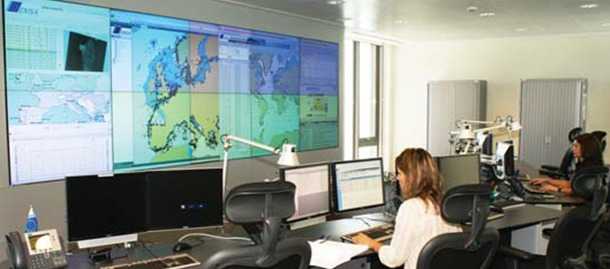
Every six hours, ships across the world are required to transmit their position via satellite communications. These messages are received by ground stations and passed to the relevant data centres managing the ships. The system, known as LRIT, was made compulsory by the IMO in 2009.
At European level, there is an EU LRIT Cooperative Data Centre which has 34 participating countries (27 EU countries, 2 EFTA countries, Croatia and 4 overseas territories). The EU LRIT CDC, developed by the Agency, is now operated also by EMSA after having been transferred to Lisbon from the initial contractor’s premises in 2011.
Later the same year, EMSA took over the hosting and operating of the International Data Exchange (IDE) from the US Coast Guard. The IDE connects 65 LRIT data centres worldwide and allows for information to be exchanged between them.
EU vessel traffic monitoring and information system (SafeSeaNet)
Ships transmit Automatic Identification System (AIS) signals continually during their voyages. Member States, in line with European and international legislation, have developed national vessel traffic monitoring systems to receive these signals and track vessels along their coastlines.
EMSA’s SafeSeaNet system combines this data, making it possible for five million position reports and 11 thousand notifications to be exchanged daily. These provide valuable information such as whether or not a vessel is carrying hazardous goods, details of incidents at sea, and the time of arrival/departure in ports.
Now well established, this service is likely to be extended in 2012 to rank and select historical data. This should make it possible to generate statistics on intra-EU maritime traffic with greater accuracy than is currently possible.
The Agency also manages THETIS, the information system to support the new port State control regime. The system provides port State control officers with the necessary elements to select ships for inspection. THETIS also ensures a level playing field for ships by attributing equally within the whole European Union a ship risk profile, and determining the scope of and intervals between inspections.
POLLUTION RESPONSE
Oil spill monitoring and vessel detection (CleanSeaNet)
Since the start of the service in 2007, the European CleanSeaNet satellite-based oil spill monitoring and vessel detection system has detected over nine thousand potential spills. This near real time oil spill monitoring service assists countries in responding to emergencies and in locating and identifying illegal discharges and their polluters in European seas. By providing ‘an eye in the sky’ to help 26 coastal States around EU waters catch polluters, the system aims to deter ships from acting illegally and polluting European waters. The CleanSeaNet system can also be deployed to monitor accidental spills.
Responding to oil pollution
In the event of an incident at sea, EMSA has a standby fleet of oil spill response vessels which can, at the request of an EU coastal state or the EU Commission, be mobilised within 24 hours. Over the last six years, the fleet has been expanded to broadly cover the whole of the EU coastline.
The average storage capacity for recovered oil of the EMSA contracted vessel is 3200m3. In order to maintain the appropriate level of readiness during the standby period, the vessels carry out drills and participate in exercises. Currently, up to 16 vessels can be deployed simultaneously with a combined oil storage capacity of 58000m3.

Incidents involving harmful substances
The Agency also provides assistance to the Commission and coastal States in preparing for and responding to marine pollution incidents involving Hazardous and Noxious Substances (HNS). EMSA, in close cooperation with the European Chemical Industry Council (Cefic) and the French Centre of Documentation, Research and Experimentation on Accidental Water Pollution (Cedre), has developed the Marine Intervention in Chemical Emergencies Network (MARICE). The MAR-ICE Network provides EU Member States, EFTA States and EU Candidate Countries with remote productspecific information and advice upon request, and will contact external chemical experts if necessary.
PROPER TRAINING FOR MARITIME ADMINISTRATIONS
Offering training courses
EMSA’s knowledge and experience in maritime safety, in theory and in practice, means that the Agency has great potential for passing on its knowledge to the maritime administrations of EU Member States, candidate countries and potential candidates countries.
EMSA’s training programme covers all fields of the Agency’s mandate from port state control to maritime security, traffic monitoring, port reception facilities, marine equipment, pollution prevention and response. This programme is provided through seminars, workshops, experts’ visits and information days. eLearning is another area that the Agency is considering to expand.
LEARNING FROM THE PAST
Accident investigation
While major shipping accidents like those involving the Prestige or the Erika are rare, the recent Costa Concordia grounding was a stark reminder that safety must always come first. Learning from past experiences like these is the aim of marine casualty investigation. Through this kind of investigation it is possible to identify the main causes of an accident and share these with the whole maritime community.
Today, EU countries are required to have in place an independent safety investigative body to examine very serious maritime casualties and to make every effort to publish investigation reports within 12 months. They are also required to notify marine casualties and incidents via EMSA’s European Marine Casualty Information Platform (EMCIP).
Equasis sheds light on world’s merchant fleet
It has sometimes been a problem in shipping that basic information on ships and companies, their technical characteristics, their management and their history is not widely available.
The Equasis database, whose management unit is hosted by EMSA, is designed to address this problem. It includes all kinds of safety related information on the whole global merchant fleet. And it makes this available to the public on the internet for free.
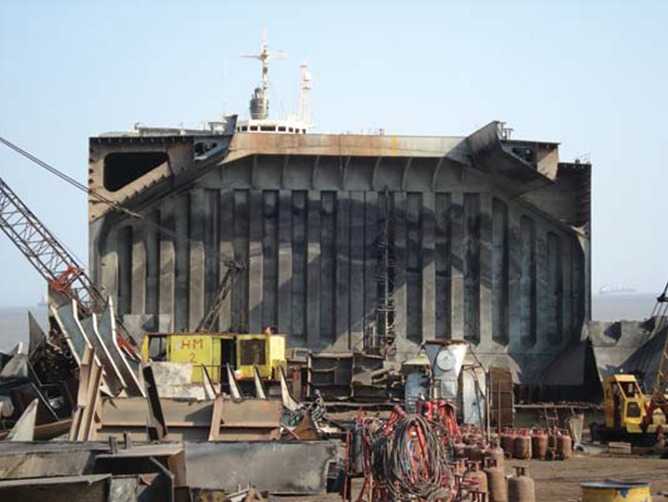
LOOKING AHEAD
This overview shows how far EMSA has come over the past decade and how far EU policy aspirations in this field have become a reality. Looking ahead, our efforts will focus on consolidating experience and know-how, sharing them and drawing on them to seek effective and workable solutions for quality shipping, safer seas and cleaner oceans.

